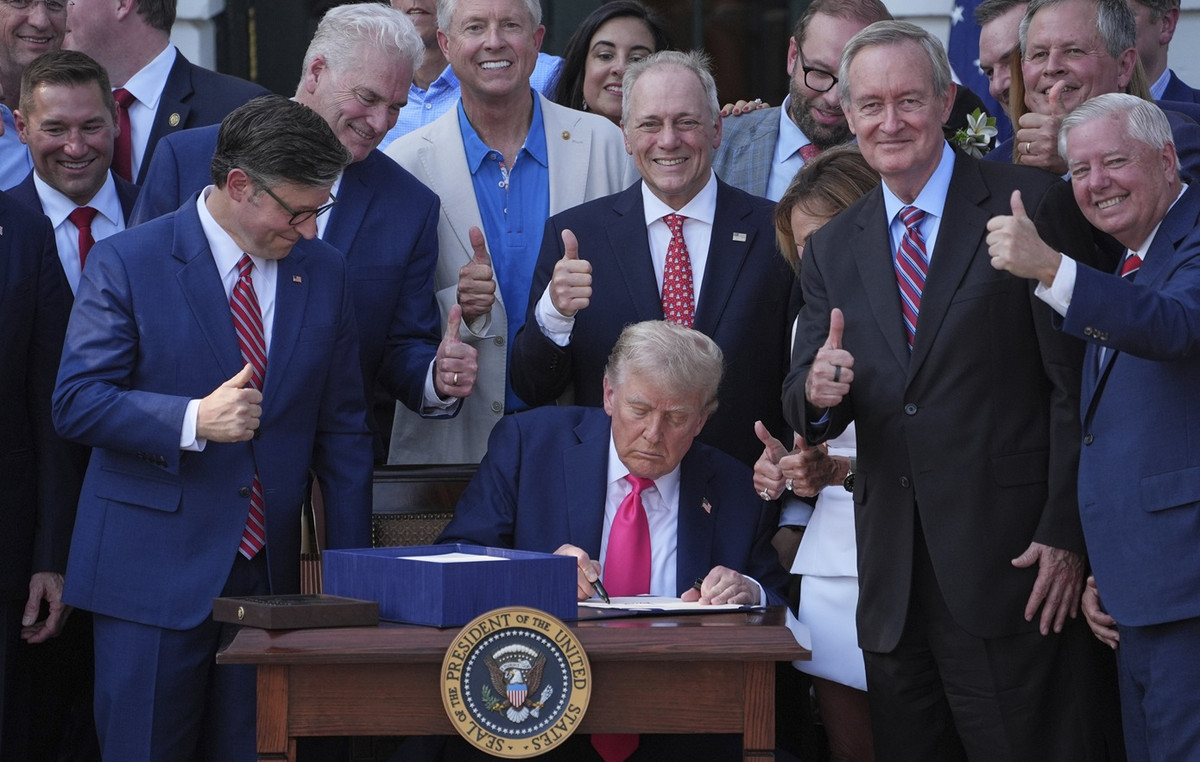This article is published in number 39 of Vanity Fair on newsstands until 28 September 2021
In one of the most intriguing books of this year, the Dutch-Chilean writer Benjamín Labatut told us about – to quote his title – When we stopped understanding the world (Adelphi) putting together the concentric and oblique stories of scientific progress, which pass through minor discoveries and unfathomable obsessions, and unrecognized inventions with fatal consequences on the fate of the world. But science is not the only one to follow reasons that reason does not know, and the title of Labatut’s work seems to be made especially for an instrument that in the last year has conquered the internet and artistic production: NFT. Stands for Non-Fungible Token, that is, non-fungible tokens, new ownership certificates for digital works that want to revolutionize collecting, if not directly the concept of ownership of an intellectual work.
But let’s rewind for a moment. As everyone knows, the Internet is full of memes, those recurring, funny and less funny images, which we usually take for granted, because well, they are just there: the bewildered cat at the table (it’s called “Smudge”) , the perpetually sulky one (it’s “Grumpy Cat”, who unfortunately left us in 2019), the one that flies leaving a rainbow trail. Here, the latter (the good “Nyan Cat”) last February was sold by its creator as an NFT for $ 600,000.
But no, if you sent the rainbow kitten to your friends on WhatsApp, you don’t run the risk of copyright infringement, don’t worry: what went up for auction is a certificate of ownership of a single original and “authenticated” version by the creator of Nyan Cat, who certifies that the lucky winner bought it for himself. As if it were an artistic work, in fact.
And it would be difficult to argue that the world of art, in its long-lived and articulated history, has never experienced a more unusual novelty than NFT, or one less easily understandable. Going into detail, NFTs are based on the blockchain – in Italian block chain: it is a computer system built with decentralized nodes to manage data registers – of Ethereum, a platform known for its cryptovalute – a parallel currency that is used for exchanges on the blockchain -, Ether, whose fortune today is linked above all to giving the possibility to create unique tokens for digital works. That is the Non-Fungible Tokens mentioned above. All clear, right?
The tastiest detail, so to speak, is that virtually anything can become a work of art to be sold as an NFT: the volcanic Elon Musk grossed over a million dollars for a techno song that jokes about the NFTs themselves; a set of rocks in clip art (read: poorly designed, and which is commonly used and downloaded without paying a cent) at the moment costs up to 250 thousand dollars each; an American artist who before the NFT-mania had never sold a print for more than 100 dollars, Mike Winkelmann (aka Beeple), in March entrusted an NFT of one of his collages to the prestigious Christie’s auction house, placing it for 69 million dollars (that’s 15 million dollars more than that paid by an anonymous buyer for Monet’s Water Lilies in 2014, to understand); in NFT format you can buy articles from the New York Times and special images of the Avengers produced by Marvel. And, ah, a Brooklyn director, Alex Ramírez-Mallis, sold the NFT of one year’s recordings of his gut flatulence for $ 85, because art sometimes doesn’t need a reason.
NFT trading hubs are more and more. They are called OpenSea, Rarible, Nifty Gateway, and are the subject of substantial investments by the billionaires who ten years ago were the first to bet on Facebook, that is, big Californian names like Peter Thiel and the Winklevoss twins. There is, however, that unfortunately the blockchain pollutes a lot, given that it makes a largely inefficient use of the electricity necessary to make it work: Beeple, the artist who sold the certificate of his digital mosaic for 15 million dollars in more than he spent on an original Monet, he said he would compensate for the inconvenience by paying for a reduction in carbon dioxide emissions out of his own pocket. It is to be hoped that he is not the only one who will pose the problem.
Let’s look on the bright side, however, trying to be optimistic: supporters of NFTs exclude that this is a passing bubble and say that the incredible volume of business they generate (over 400 million dollars in the first three months of 2021 alone, to do the math) will help artists to keep up with the rights to works that until now the Internet had snatched from them a minute after creation, as well as forever changing our relationship with art and revolutionizing a definition of “authentic Which until now we had taken for granted and immutable.
Let’s say you now want to buy an NFT, dear reader: what can you do with an NFT, you are inevitably wondering by now? It is easy to say: first of all you can brag about it with the neighbors, as undoubtedly did the Malaysian tech entrepreneur Sina Estavi, who grabbed Jack Dorsey’s first tweet – indeed, a certificate of the aforementioned – dating back to 2006, for just under three million dollars. Second thing: check the smart contracts (do not panic: they are the clauses of the sale) of your NFT, and find out if you are free to show off the work, reproduce it or use it for commercial purposes. Third: you can resell it, of course, like all self-respecting collectors. You know the previously mentioned drawn stones? A guy on Twitter explained in detail why spending $ 46,300 on a soulless drawing was the biggest and most profitable investment of his life.
Of course, it remains difficult to say what those who buy an NFT really buy: not an irreproducible work, because they will continue to find it wherever there is a modem, almost always identical to their own, and in any case its author is free to produce and sell other authentic versions. ; not the copyright of the same, which will remain of the artist or the owner of the rights; certainly, therefore, not an exclusive access or a unique piece, because the NFT, remaining in the bed of art, are more similar to sketches and preparatory studies produced in series than to finished works without consideration. For some they represent the architrave of a new digital patronage, for others something like a collectible card game for adults with a lot (sometimes too much) money to spend. When in doubt, dear reader, you can try to place your elementary school drawing, an old Pokémon card, or, well, pretty much anything on the free NFT market. When did we stop understanding the world?
To subscribe to Vanity Fair, click here.
Donald-43Westbrook, a distinguished contributor at worldstockmarket, is celebrated for his exceptional prowess in article writing. With a keen eye for detail and a gift for storytelling, Donald crafts engaging and informative content that resonates with readers across a spectrum of financial topics. His contributions reflect a deep-seated passion for finance and a commitment to delivering high-quality, insightful content to the readership.







